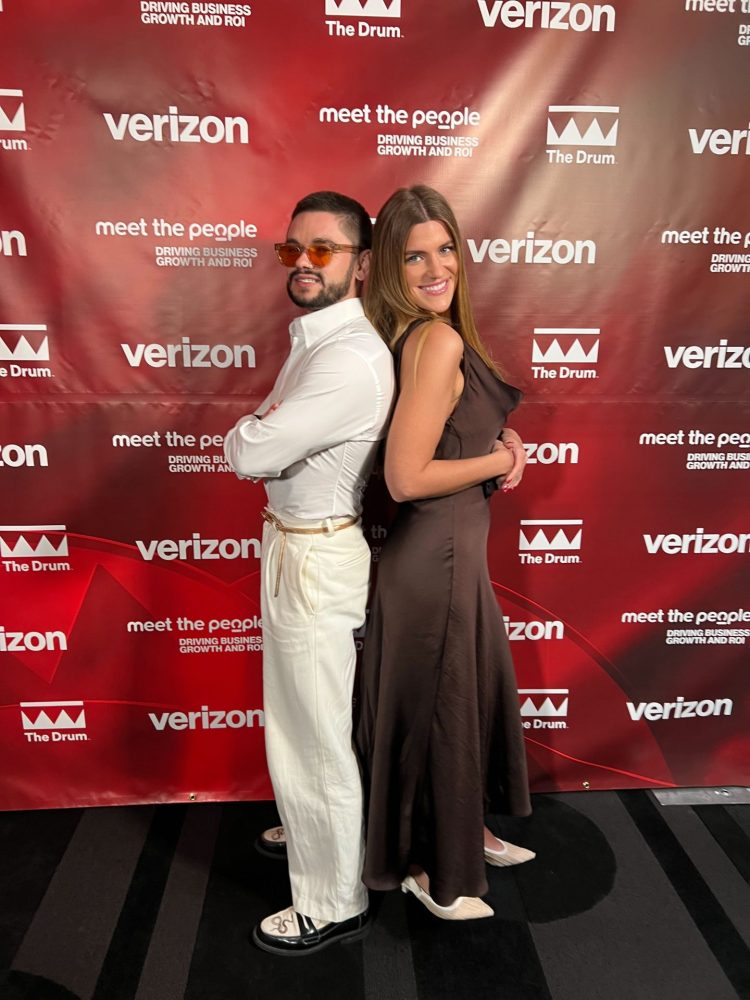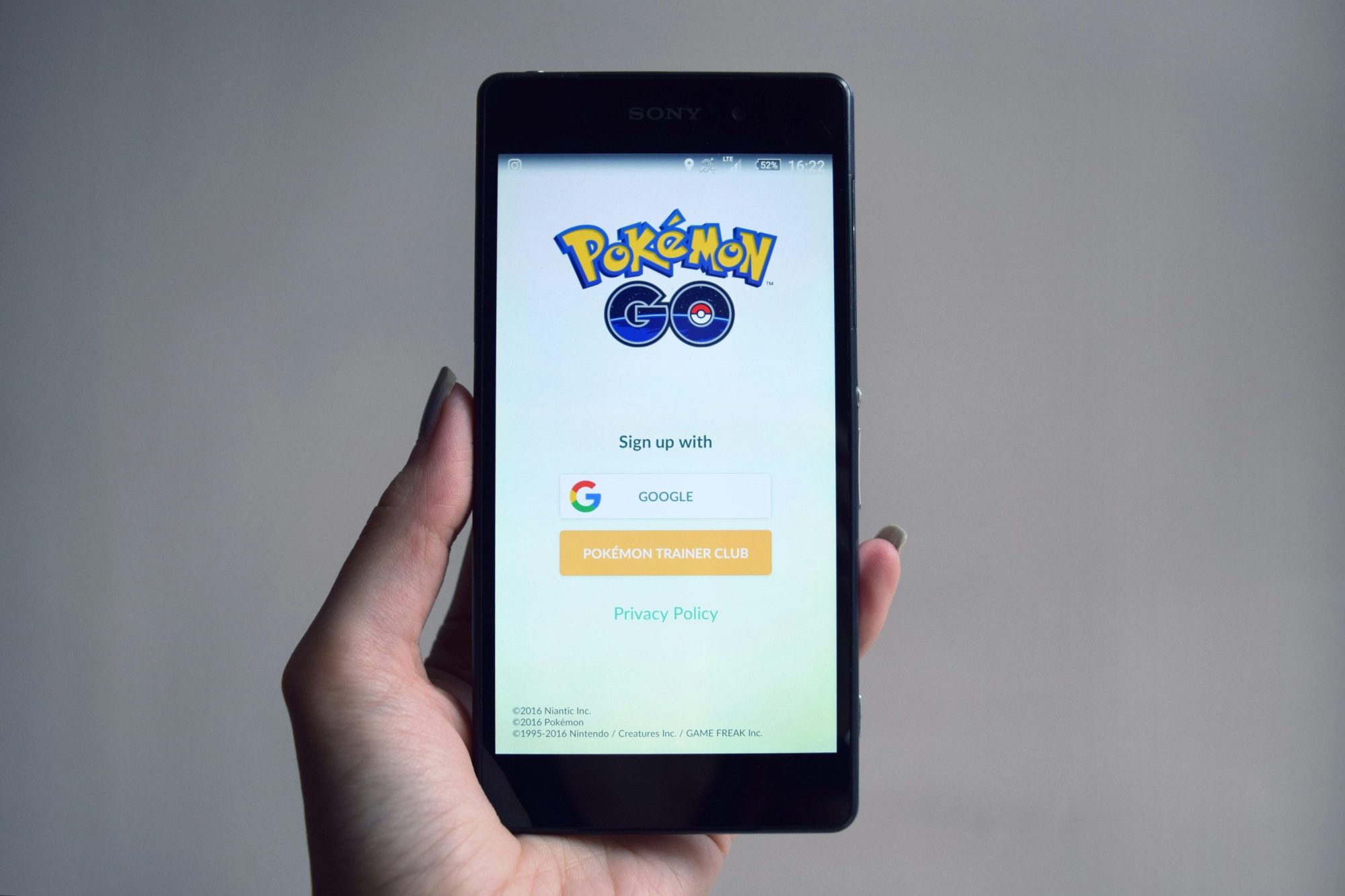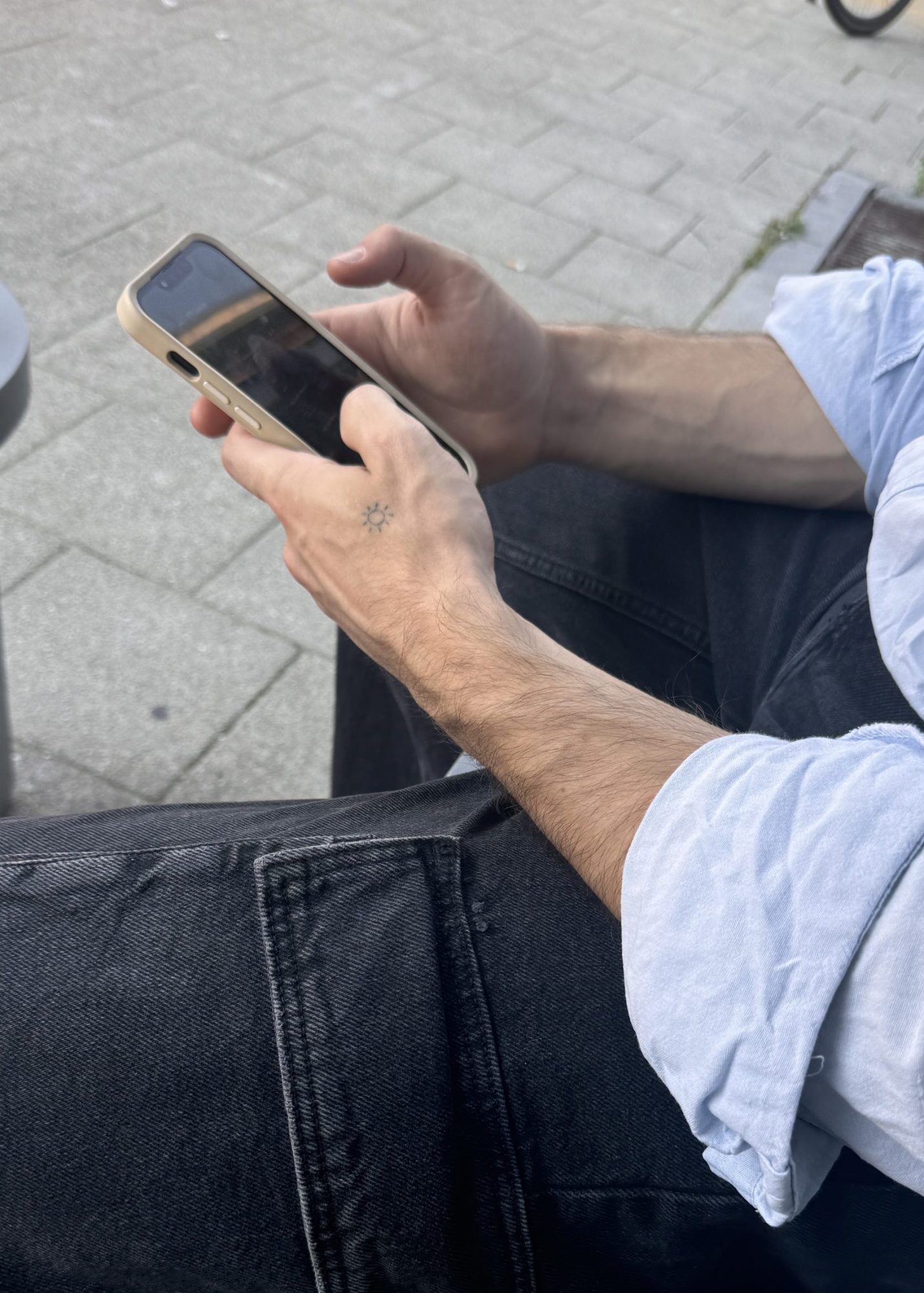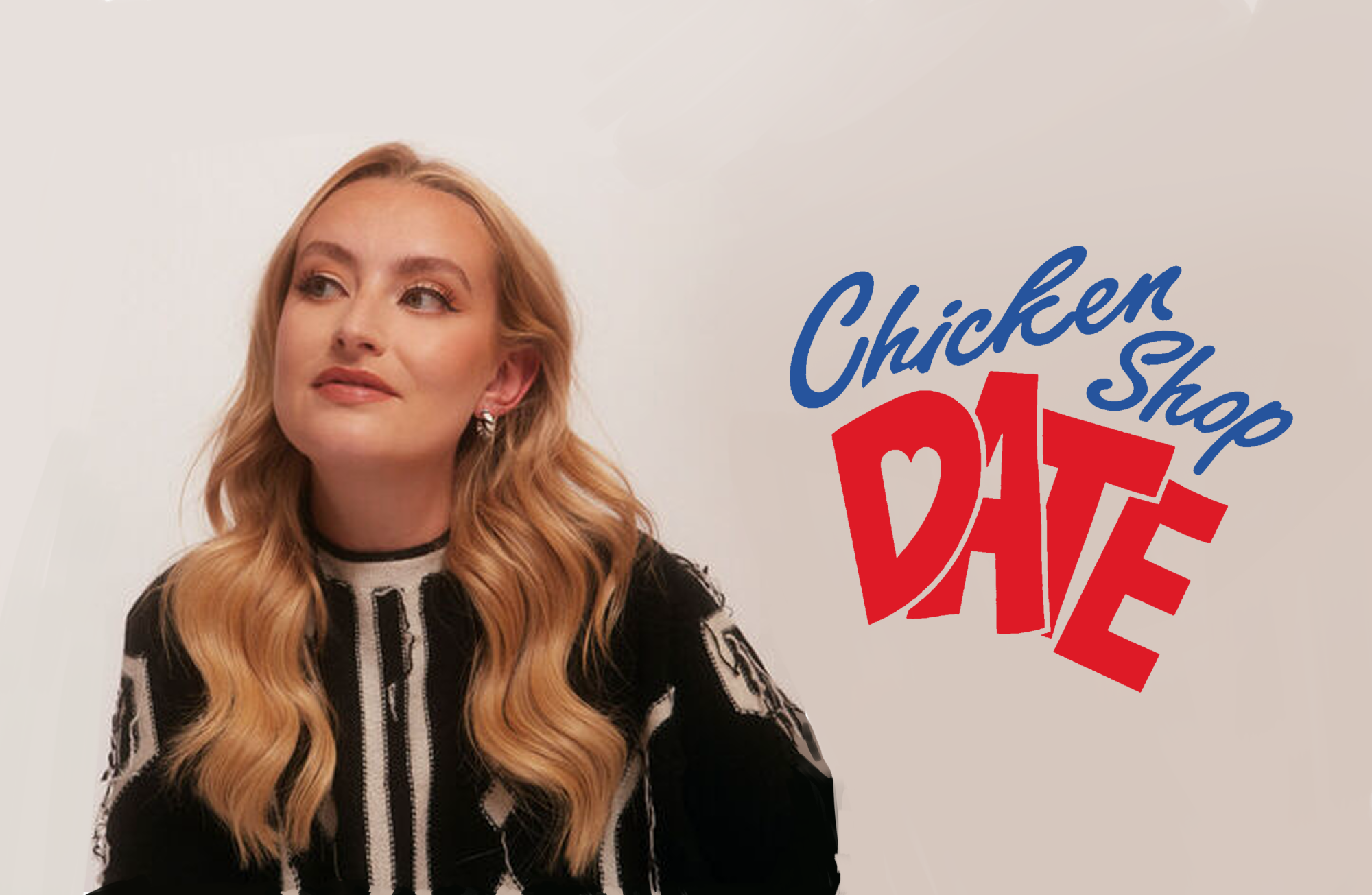August 17, 2023
The 5 Best Travel Brands on Instagram (And What You Can Learn From Them)

What makes the best travel brands on Instagram “the best”? Why are they so successful? And what can your brand learn from them? In a world where people actually prioritize travel over apparel, you need to know how to get consumers to view and engage with your content over others. Here, that’s what we’re diving into, plus giving you new insights into their strategies, so you can learn from the actual best and ace your social media game.
Instagram is a constantly evolving platform. When used correctly, it can drive brand awareness, boost sales and build engagement. The channel’s primary advantage over other social media is its visual nature. Of course, visuals tend to be pretty intrinsic for travel marketing, but brands can’t rest on just taking good photos and reels to see results.
You have to implement a relevant, working strategy based on your KPIs to start reaching your goals. Luckily, some brands are already doing that. So let’s take a look at each one, what we can learn from them, and how you can implement their methods into your own social media marketing.
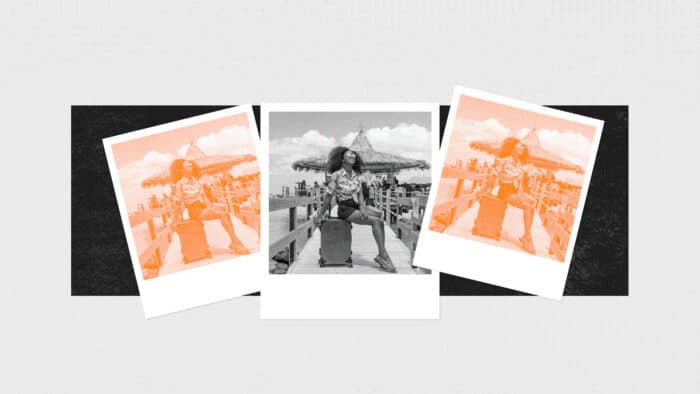
1. Lonely Planet
Lonely Planet has over 3.3 million followers on Instagram. Their feed is full of travel inspiration, tips, and destinations. But it’s clear they’re here for more than just vanity metrics. Lonely Planet has a highly engaged profile with people commenting on their posts and reacting to their content daily. The best part? A lot of these comments tend to be people tagging their friends. This is where word-of-mouth marketing turns digital.
Why their content works
Lonely Planet has mastered the art of interaction with its content. They post guides, questions, and ideas so that their followers can write their own opinions. Posts like the one below, asking people to fill in the blank, will inevitably get lots of engagement (this post has nearly 400 comments). Lonely Planet has utilized highly engaging posts in its strategy in order to nail organic growth. They’ve combined this with valuable, interesting, and useful content to develop a trusting community that brings their friends with them too.
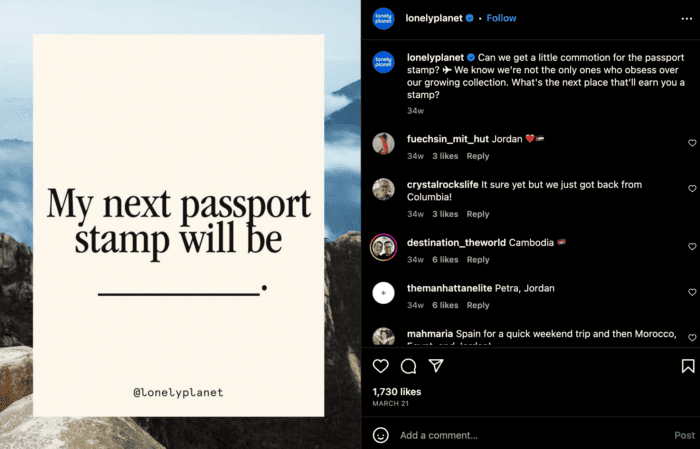
2. Airbnb
This travel brand doesn’t need much introduction. Airbnb changed the world of vacation accommodations and, with it, the way we view them. With a whole host of amazing homes to post about, it’s no wonder that Airbnb showcases what they offer. Quirky stays, one-of-a-kind buildings, and stunning interiors all make up the @airbnb feed. But where they really shine is their content through influencers.
Why their content works
Airbnb has utilized the power of influencers in all aspects of its marketing. This isn’t just on the side of vacation goers; this is also on the side of hosts. They want hosts and guests to get involved, so why not create influencer-led content for both? Airbnb partnered with influencers like @laureen to build excitement over specific Airbnb homes – a clever choice since 84% of millennials say that they are likely to plan their own vacation based on someone else’s social posts. They also worked with micro-influencer @mariamanna_ to showcase how easy it is to become a host. This is a brilliant example of how brands can build a full-funnel influencer marketing strategy with multiple target audiences. Don’t just tag influencer partnerships in your marketing. Build them into the foundations for maximum results.
3. Belmond
Belmond’s experiences range from riverboat cruises and luxury train services to stays in opulent accommodations. But what makes Belmond’s social strategy work so well is its commitment to customer loyalty.
To help build this trusted community, influencer marketing was a must. We worked with them to select seven influencers from the travel, photography, and luxury sectors to travel to the “Seven Wonders of Belmond” – Venice, Sicily, Peru, Brazil, Cambodia, and South Africa. Each influencer received a gifted trip and captured the astonishing experiences these destinations offer. The result was a treasure trove of content for Belmond to share across their socials.
Why their content works
Belmond’s approach to working with influencers led to significant engagement and built that all-important brand trust. The campaign drove 37K+ sticker taps to @belmond and the brand-specific hashtag. During the seven-week duration of the campaign, the Belmond Instagram following grew by over 22K. They also drove over 24K clicks via paid social media and produced 277 high-quality social assets for Belmond’s channels. This strategy shows the power of influencer marketing in creating appealing, authentic content, driving engagement and follower growth, and producing useful content for a brand’s social media channels.
4. Trending Travel
The clue might be in the name of this one. Trending Travel is a company that shares the best travel deals for its customers. Their feed is scattered with posts on destinations, flights, and inspiration. But the key here is they are always up to date on what’s trending (hence the name). From posts on barbie themed getaways to seasonal topics, they keep up with the times with every post they share.
Why their content works
Staying on-trend has helped Trending Travel build 655K followers. Their posts are relevant and on point, but where they really shine is in their story-building strategy too. They ask people to tag @trendingtravel to feature and then share people’s Instagram stories on their own channels. This builds trust between them and their followers and keeps the content coming. It allows their customers to see the destinations that they are promoting through an authentic lens. Combine these daily updates from influencers with up-to-date trends and you have a winning feed. Make sure you’re creating regular stories on Instagram and use UGC to build more content. Not only will it make your content feel more authentic, but it will also boost brand awareness too through riding the viral wave of trends.
5. Journee
Journee may not have the sheer numbers as other travel brands on Instagram. But their 70k followers keep coming back for more. Why? Because they use real faces. They share customers’ photos of each Journee trip they go on and have collaborated with nano-influencers on Instagram to showcase their product experience. This strategy is less about massive reach, but more about nurturing vacation goers who might be in the consideration phase.
Why their content works
All of the influencers that Journee has worked with are picked for a reason. @emmygoesplaces is a specific travel influencer, so it goes without saying that she has a loyal, close-knit following of travel enthusiasts. Kyra Brucek is a lifestyle influencer who shares her day-to-day, another creator reaching their target market of millennials. Take a leaf out of their book. Working with influencers doesn’t have to be on a grand scale. In fact, micro-influencers and nano-influencers have a much more engaged following than mega-influencers and celebrities. So pick the right talent for your brand, and don’t be afraid of thinking small. Depending on your goals, this might be the ideal plan for upping your engagement rates and, ultimately, sales.
Bonus brand – Ryanair
Instagram is a brilliant channel for travel brand marketing. But to get maximum results, a cross-channel approach can be the best way forward. Ryanair has nailed its humorous online presence on Instagram and TikTok. On Insta, they’ve rolled out relatable memes and image-based jokes, whereas, on TikTok, they’ve posted hilarious videos with funny filters and short sassy snippets. With 90% of consumers being more likely to remember funny ads, there’s a method to their madness.
Why their content works
Knowing your channels is so essential when creating content. Instagram posts will inevitably need different creative approaches to TikTok videos. Nailing this is essential for your overall social media marketing strategy. The same goes for any influencer-led campaigns. These will need to adapt to the context of the channel they’re displaying on and, of course, the audience you’re targeting.

What can you learn from these travel brands?
We’ve gone through each brand and why they work. But in all of this information, what do you really need to know to get ahead as a travel brand on Instagram? These are the key takeaways.
- Aesthetics are great, but authenticity is king
A lot of these travel brands have nailed the aesthetics on their channel. What haven’t they done? Come across as fake. Each brand here has trod the fine line between being real and still creating stunning visuals. This is where your brand can really take note. Build high-quality content, but don’t forget to ground it in reality. Show actual experiences through influencer collaborations and UGC. Build trust through these and wow them with inspiring travel content too.
- Integrating influencer marketing
Influencer campaigns are great, but only if you integrate them within your overall social media marketing strategy. They shouldn’t be viewed as an “add-on.” They’re a fundamental part of some of these travel brands’ success on Instagram. Work out your target audience and create a robust influencer outreach strategy to build campaigns that work throughout the marketing funnel.
- Bigger isn’t always better
Finding specific metrics to measure is essential for Instagram. It’s not just a place to try and get tons of brand awareness. It’s also a channel that’s great for building relationships, nurturing customers, and leading people through the consideration phase. Understand what it is your looking for first, before implementing massive ad spend or influencer marketing campaigns. You may want to work with nano-influencers like Journee or a mix of influencers with different audiences like Belmond. Making the most of your budget starts with the right strategy, so it doesn’t always have to be the bigger, the better.
Gram with the right people
Nailing your Instagram strategy means working with the right people. Whether that’s the perfect influencer or the right agency. We help brands build winning influencer strategies on Instagram. So if you want to know if we’re the right people for you, get in touch.
